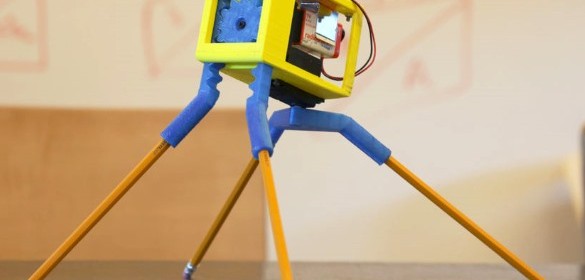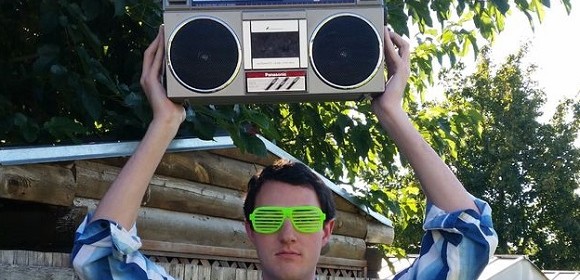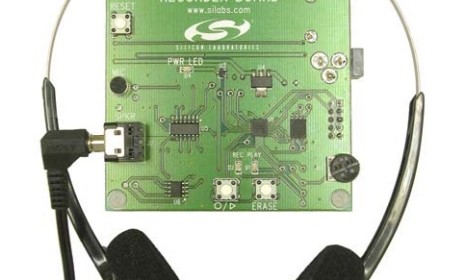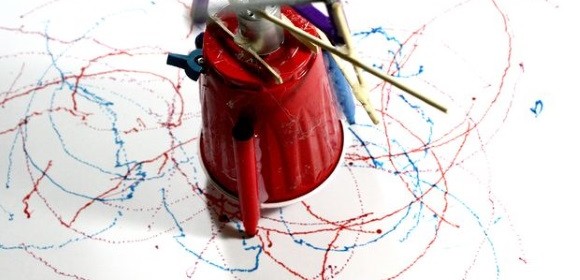Enhancing audio with echo effect
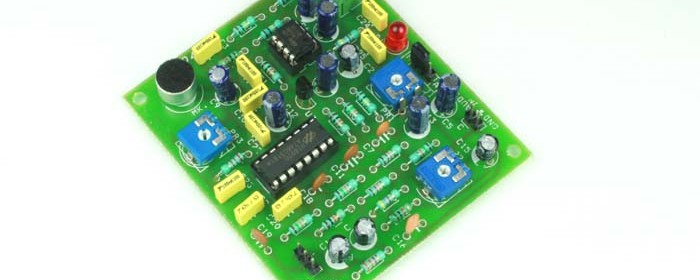
Delay effects are commonly implemented in various audio systems including Karaoke player, guitar amplifier, advanced sound processing equipment, recording studios, television etc. It basically adds an echo to the original audio by repeating the audio after a specified amount of time. Rajkumar Sharma’s new project is about building an echo generator using Holtek’s HT8970 IC, which is an echo/surround effect processor with built-in pre-amplifier, VCO, 20Kb SRAM, A/D and D/A converters as well as delay time control logic. With all these functions built inside the chip, you can easily enhance your audio with an echo effect using a minimal number of external components.
Read more